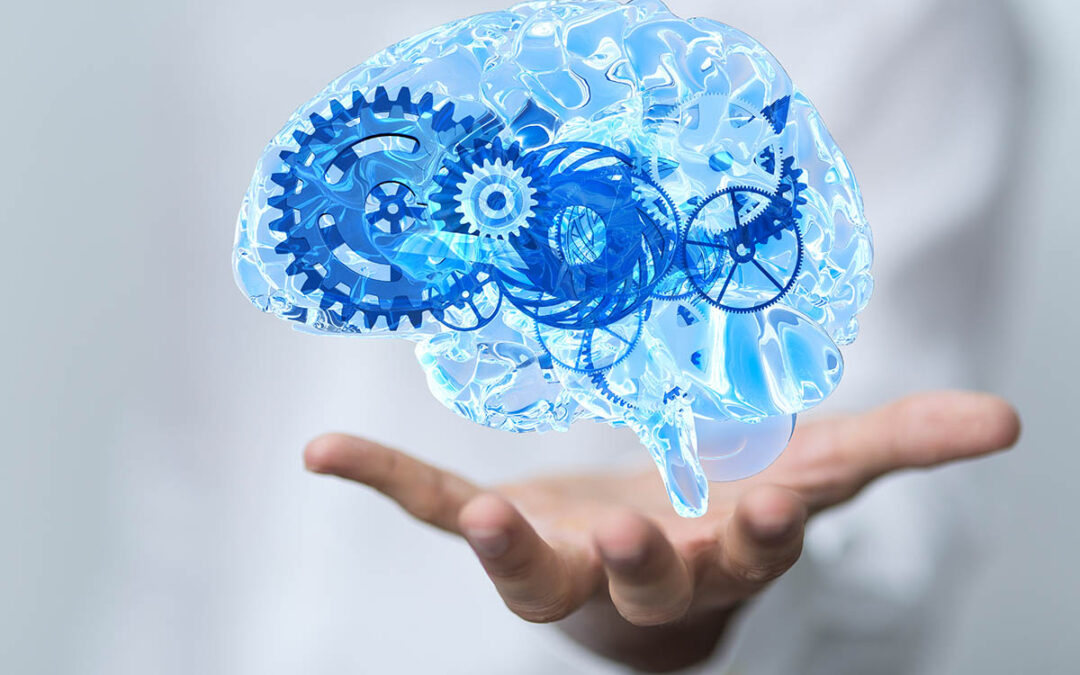If you or your loved one have suffered a traumatic brain injury, you are likely learning about all of the parts of your brain and their functions. Every traumatic brain injury is unique, and your ongoing symptoms will depend on the location and severity of your brain injury. Every part of the brain is necessary for us to function properly as humans. We have listed the major parts of the brain and their functions below.
Parts of the Brain and Their Functions
1. Parietal Lobes
The parietal lobe located on the top and back of the head is responsible for hand/eye coordination, and damage to the parietal lobe can trigger a decline in a patient’s ability to engage in self-care. Specifically, injuries to the left parietal lobe can cause “Gerstmann’s Syndrome.” This syndrome causes patients to experience difficulty with writing, called agraphia, and difficulty with mathematics. They can also experience left-right confusion and have difficulty perceiving objects normally. Damage to the right parietal lobe can affect one’s ability to render self-care.
2. Frontal Lobe
The frontal lobe of the brain, which is a large section of the brain located in the front of the brain and extending back about mid-way, can cause a wide variety of issues including motor weakness, memory issues, impulsivity, and in ability to control anger. When the frontal lobe becomes injured in a traumatic brain injury, a patient’s personality may change dramatically. Some traumatic brain injuries victims who previously had warm, loving personalities become cold or even angry due to their traumatic brain injury. Frontal lobe damage can also cause a patient to lose long-term memory and cause impaired judgment.
3. Temporal Lobe
The temporal lobe is located on the side of the brain. Damage to the temporal lobe can result in difficulty recognizing other people’s faces, vision changes, and difficulty with color perception and reading and writing. These types of injuries often make it difficult, if not impossible, for patients to stay gainfully employed.
4. Occipital Lobe
The occipital lobe is located at the back of the brain and is responsible for vision issues. Damage to the occipital lobe can cause vision changes and difficulties in reading and writing. Damage can also cause changes in color perception.
5. Cerebellum
The cerebellum is at the back of the head and is located below the occipital and temporal lobes behind the brain stem. Damage to the cerebellum can cause issues with balance and coordination including tremors, slurred speech, vertigo, and dizziness. Additionally, damage to the cerebellum can cause difficulty performing rapid alternating movements. Some patients lose their ability to walk or walk with an ataxic gait.
6. Brain Stem
The brain stem is located near the bottom of your brain and is one of the most important parts of the brain. In many cases, damage to the brain stem causes the most severe symptoms because the brain stem is responsible for breathing and sleeping. Fortunately, brain stem injuries are rare. Those who have suffered brain stem injuries can also experience problems falling asleep and staying asleep. They can also have problems with movement and balance. One of the most severe issues caused by brain stem injuries involves breathing challenges. Patients may not be able to breathe independently or regulate their heart rate and blood oxygen level correctly.
Contact Our Experienced Brain Injury Lawyers
At Griggs Injury Law, we focus a large part of our personal injury practice on helping clients who’ve suffered traumatic brain injuries recover compensation. If you have suffered a traumatic brain injury caused by another person or business’s negligence or recklessness, you may be entitled to compensation through a personal injury lawsuit. Contact our law firm today to schedule your initial consultation.


